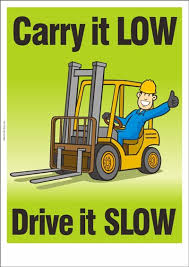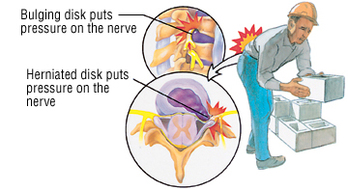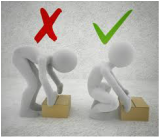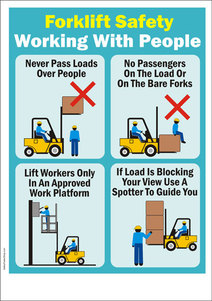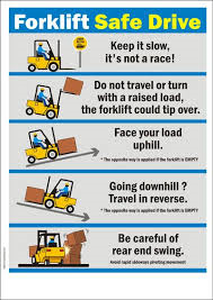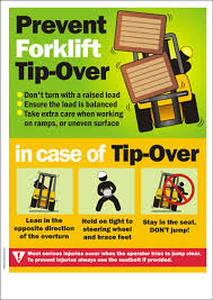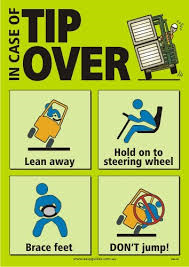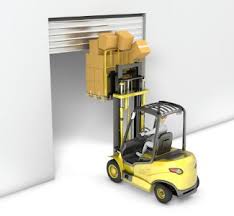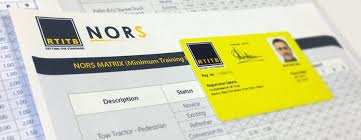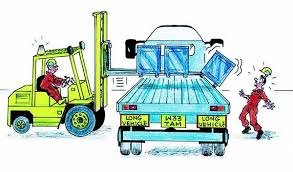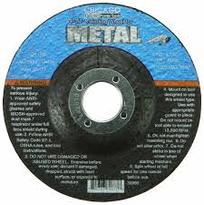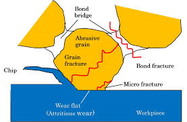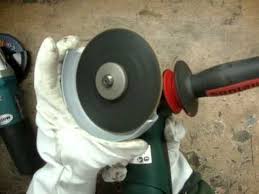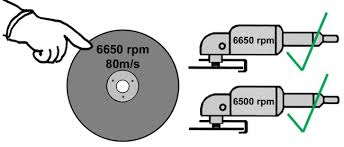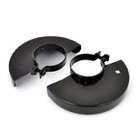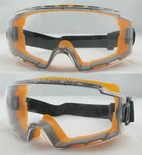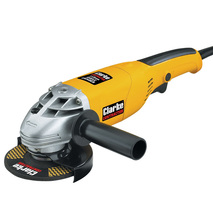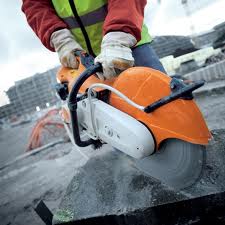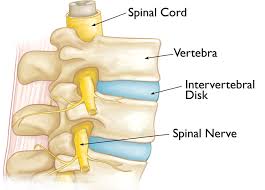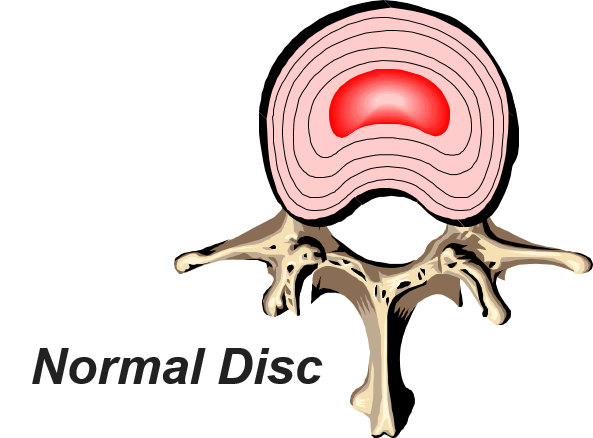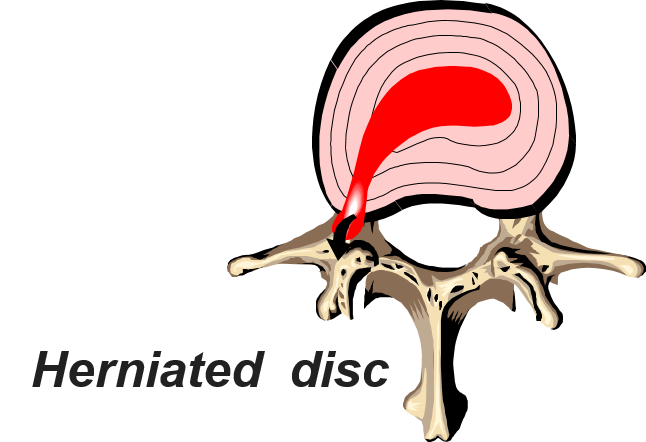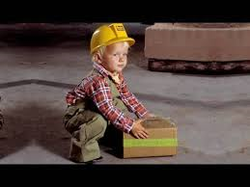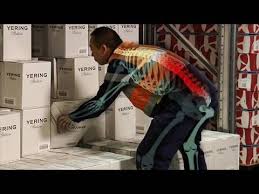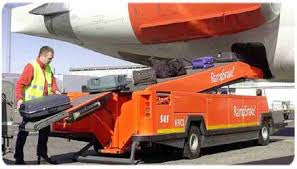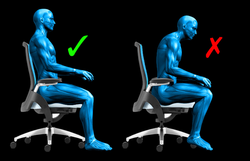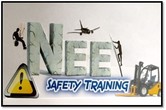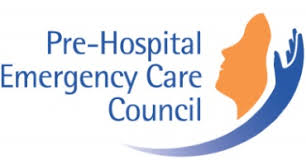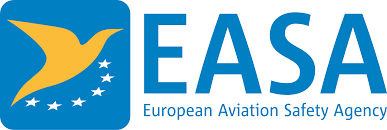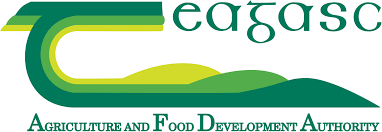- Home
- About
- Forklift Training
- First Aid Responder FAR
- Cardiac First Response CFR
- MEWP Training
- Manual Handling
- Fire Safety Training Course
- Abrasive Wheel
- Working at Heights Training
- Tractor Safety Training
- Pesticide Training
- Lawnmower and Strimmer Safety Training
- Pesticide Application Equipment Inspections
- PAT Testing
- VDU / DSE Computer Assessment
- Contact
- Testimonials & Clients
- Safety Tips & Information
- Safety Statements
Proudly powered by Weebly
- Home
- About
- Forklift Training
- First Aid Responder FAR
- Cardiac First Response CFR
- MEWP Training
- Manual Handling
- Fire Safety Training Course
- Abrasive Wheel
- Working at Heights Training
- Tractor Safety Training
- Pesticide Training
- Lawnmower and Strimmer Safety Training
- Pesticide Application Equipment Inspections
- PAT Testing
- VDU / DSE Computer Assessment
- Contact
- Testimonials & Clients
- Safety Tips & Information
- Safety Statements

